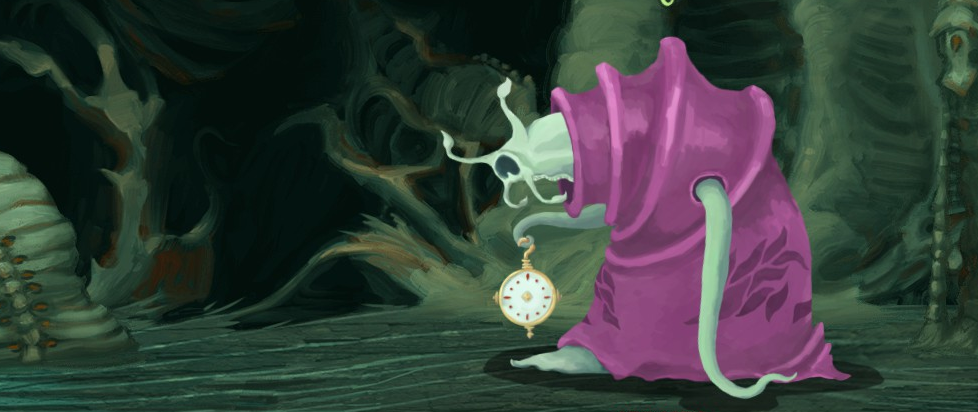
Choose Your Own Adventure with Slay the Spire
Boiled down to their core, games are a bunch of decisions joined together in a cascading tree of consequences. You just can’t normally see that because there’s usually so many little decisions that make a difference that you don’t notice. Platformers, for instance, will take into account how fast you choose to run, at what point you choose to jump, which routes you choose to take through the levels, and on and on. There are unintended consequences based on lapses in skill and variance, of course, but the lineage of choice can be traced all the way back to Choose Your Own Adventure books, where you’ll be given a series of branching choices that will result in different outcomes. There the story branches, but there’s more than one kind of branching narrative that can happen in games. Slay the Spire, a roguelite deckbuilding dungeon crawler, utilizes very simple choices to craft a story with your ever-shifting deck, and it’s all the more brilliant for it.
The structure of Slay the Spire is quite simple: You’re tasked with climbing to the top of the tower, and each floor features some sort of happening. Most of the time it will feature a battle that you have to win using the cards in your deck. Once you win a battle, one of the rewards is the ability to add a card to your deck. You’re given the choice between one of three different cards, and the one you choose is immediately added to your deck, for better or worse. Other events, such as making camp, also feature a choice between recovering some hit points or upgrading a card in your deck. The shopkeeper offers the most choices of them all, allowing you to purchase cards and other helpful items with gold you’ve earned.
Now just think about the battle rewards for a moment. You’re given three cards, one of which you can add to your deck. This one card represents a trajectory you want to take your deck in, and all future battles will be affected by this choice. In deck building games, the actual act of playing out your hand is surprisingly free of choice. Sure, by late game, you can play your hand out in a bad sequence, but for the most part, your deck burps out a hand and you have to wrangle it as best as you can. The real choices are in the deck building, and Slay the Spire puts these choices front and center.
One of the design decisions that help this focus along is the subthemes certain cards share. The character The Silent, for instance, can get cards where poison matters – either ones that give things poison or ones that ping off of something being poisoned. Another is the Shiv strategy, where you focus on things that produce Shivs, small weapons that cost nothing to play and go away when they are used. Of course, nothing’s stopping you from just claiming all the powerful cards you can and abandoning synergy altogether. And each decision point is an opportunity to steer your deck in a different direction or stay the course.
This matters because of the different stories different deck builds can tell. My Silent acquired a relic that provided a boost to the amount of energy – the resource you need to use cards in your hand – I got, but cuts the choices of cards from rewards by two, essentially leaving the contents of my deck almost completely up to chance. This was a choice I made, and I had to live with the consequences. Somehow, though, I muddled through, clawing my way to the top of the spire and killing the last boss. On the other end of the spectrum, the Ironclad I won with utilized a very tightly controlled deck revolving around buffing Strength and utilizing cards that hurt me to get a powerful effect. It’s the satisfaction of a plan coming together, an entirely different narrative than the journey my Silent took, displaying the full power of choice in games in plain view.
Choose Your Own Adventure books let you steer your own story with passages of text, but that’s not the only way available to tell your own story. Slay the Spire uses branching choices to craft a narrative entirely of the player’s choosing, and while it’s pretty obvious given the incredibly unsubtle choice branches, it remains no less effective.





